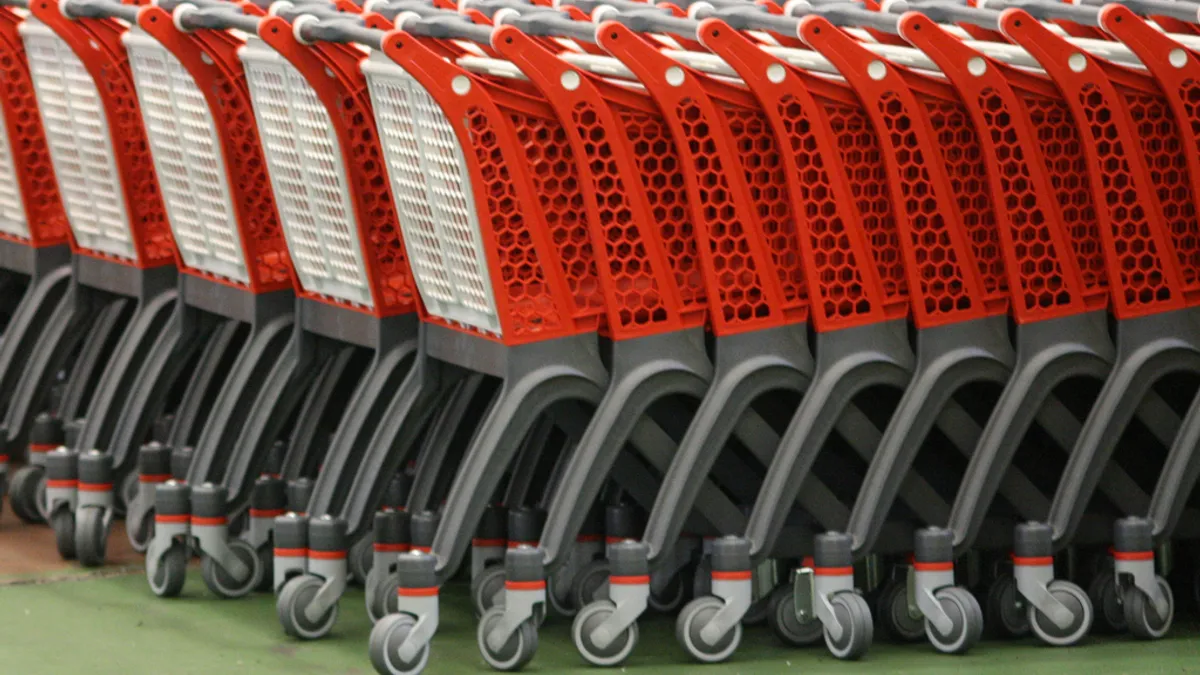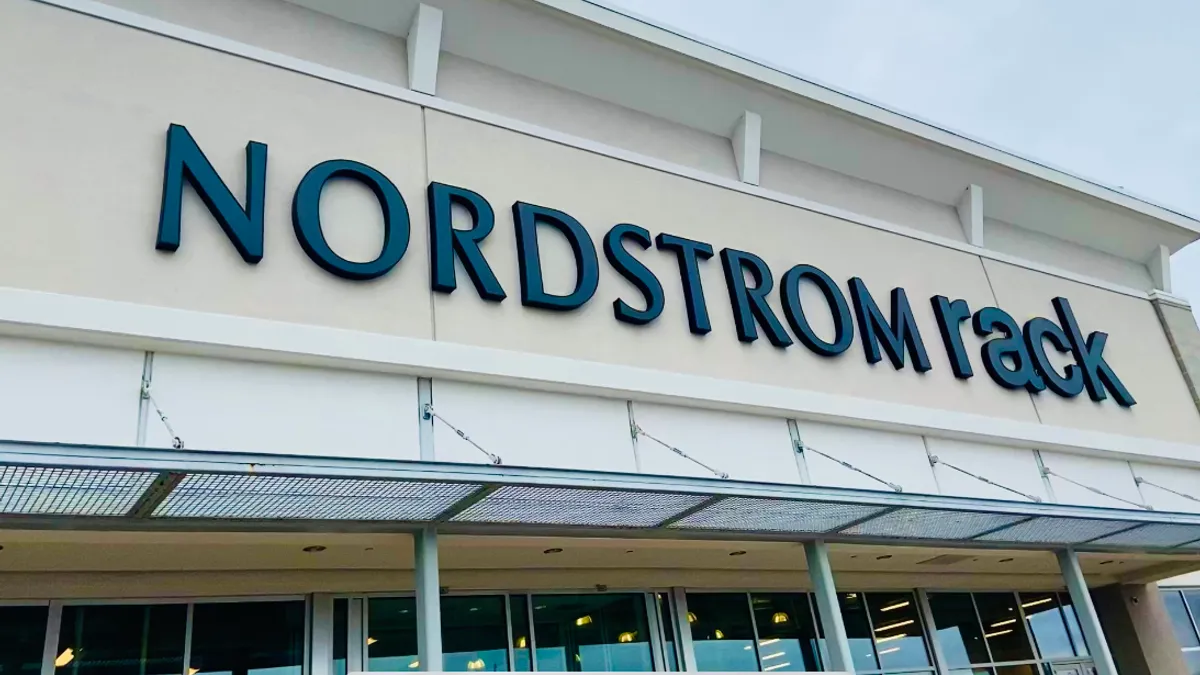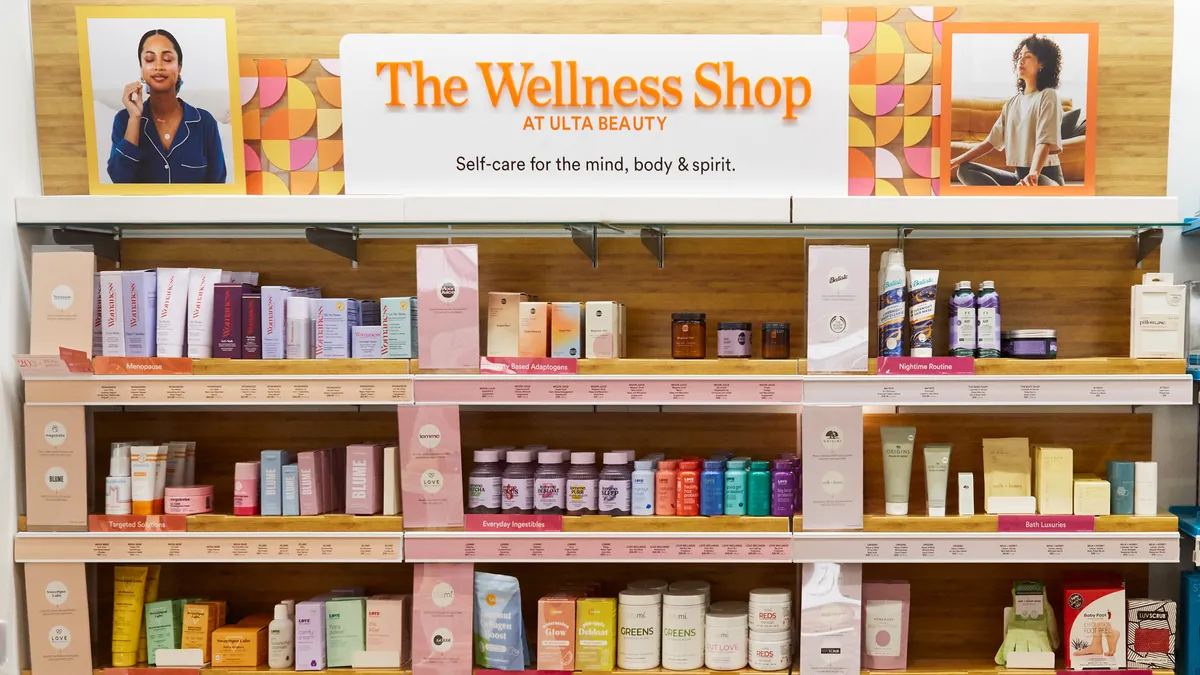The “abandoned” shopping cart is often seen as the bugaboo of retail e-commerce companies. The sight and knowledge of all those potential sales — perhaps lost forever — has spawned a retargeting industry that defines itself with aggressive tactics and terms.
The very language of shopping-cart abandonment is one of crisis, Jim Davidson, head of research for marketing automation provider Bronto Software, told Retail Dive.
“Retailers focus on ‘combatting’ cart abandonment. There’s this real aggression behind that: People are ‘fleeing’ their carts, and how do you get them back?”
But Bronto’s recent Consumers Tell All report indicates that marketers may be framing the issue incorrectly. As consumers have become savvier about shopping online, they have embraced the shopping cart not simply as the conversion tool marketers designed it to be, but as a place to save their selections for later.
In other words, many shoppers aren’t abandoning their shopping carts at all—they’re just parking them in a convenient place.
The savvy consumer’s cart
Some consumers do leave their carts at checkout with no intention of returning, dissuaded from purchase by high shipping costs, complicated checkout instructions, and other issues. But more than likely, they are only leaving the cart to create a de facto personal shopping list or to continue shopping on another device.
Asked if they used shopping carts to store items they intended to buy later, 73% of online shoppers said yes, with more than half (55%) of them “occasionally” leaving items in the cart, and another 18% planning to revisit items in the cart every time they shop. “When I hear that 73% of online shoppers are using the cart to store things that they plan to buy later, that means that pretty much everybody is doing it,” Davidson said.
Differences between genders and regions were minimal, but the younger the shopper, the more likely they were to use shopping carts for storage and review. Among Millennials aged 18-29, 88% of shoppers said they used the cart to store items for later at least occasionally, with 42% storing items in a cart every time they shop.
Using the 'cart as a tool'
Today’s connected consumers expect retailers to provide seamless transitions between sites, stores, and devices. And the shopping cart has become a platform-agnostic way for them to access their choices again without having to repeat their research.
“What consumers are saying is that they see the cart as a tool,” Davidson said. “It really seems to be what they are relying on to make connections across different channels.”
Asked whether they left items in the cart intending to view them later in-store or on a mobile device, 40% of all shoppers surveyed said they planned to revisit the items left in the shopping cart. Some 12% said they planned to view cart selections in a store location every time they shop, and 10% said they would resume shopping on a different device.
Again, younger shoppers use shopping carts more often to transition between devices. Two-thirds (66%) of Millennials reported using the cart to change channels and devices, with 28% doing so every time they shop.
“That’s pretty compelling data,” Davidson said. “Even if you look at those 40 and under, it’s over 50%. This is your bellwether.”
'Consumers are in control'
The report seems to indicate that a softer touch is what consumers expect out of their e-mail reminders. Almost half (48%) of the survey respondents said they expected a simple reminder, without an incentive such as a discount or free shipping.
“Retailers need to revisit how they are sending their cart-abandonment e-mails,” Davidson said. “We focus on facilitating the shift between devices and channels, and adding customer service to keep them shopping.”
Service-oriented information such as store locations and hours, stocking information, and contact numbers is what today’s consumers want, instead of a hard sell.
“If a customer leaves something in the cart and you come back to them saying 15% off your order now, you’re not having the same conversation,” he said. “They’re saying, ‘I want to go to a different device. I want to go to the store and check it out.’"
“All of this data shows me that consumers are in control,” Davidson added. “For years, we taught shoppers how to go online and communicated the value of shopping online. The tables have turned.”




















